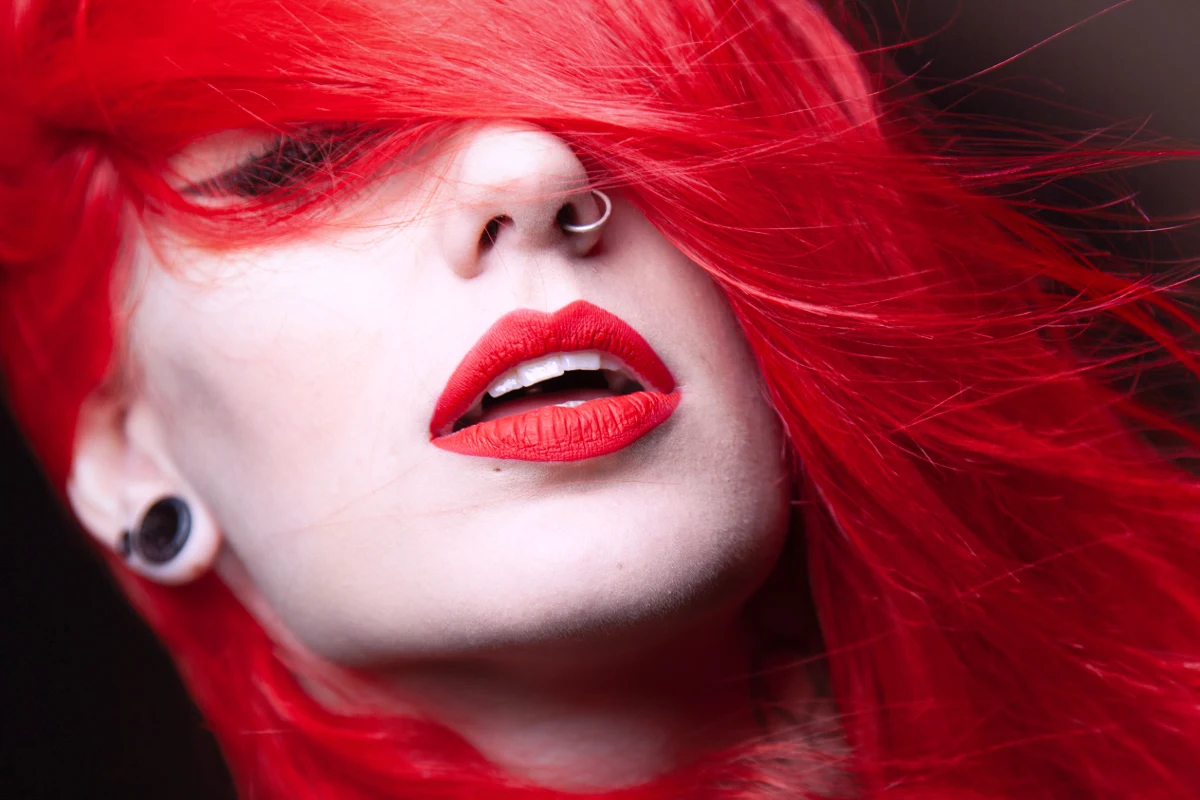
Photo: imustbedead
The color wheel, a tool used by artists for centuries, can be your secret weapon in mastering hair color. In this article, we are going to explore the science behind the color wheel and its relevance to hair coloring techniques, revealing how you can use it to achieve vibrant results that you’ll love.
Understanding the Color Wheel:
- Complementary colors: Sitting opposite each other, they create vibrant contrast (think fiery red against cool green). Use them for bold highlights or dip-dye effects.
- Analogous colors: Neighbors on the wheel, they blend seamlessly (like warm brown transitioning to fiery auburn). This creates a natural, harmonious look.
- Neutralizers: Some colors cancel each other out. For example, blue-violet tones combat brassiness in brown hair.
Step 1: Identifying Your Base
Where do you stand in this colorful spectrum? Look closely at your current hair color. Is it cool (looks more blue or purple) or warm (yellowish, or orange)? Light or dark? Maybe it is all blotchy after the uneven bleaching? Pinpoint its position on the wheel. This will be your starting point.

Photo: Joshua Roberts
Step 2: Charting Your Transformation
Ready to explore? Here are some color strategies based on your desired effect:
Bold Statement: Embrace the drama! Add complementary highlights for a striking contrast. Brown hair with emerald green streaks? Why not!
Natural Flow: Prefer a seamless blend? Analogous colors are your friend. Brown hair enriched with golden highlights or red-violet lowlights creates a sun-kissed dimension.
Banishing Unwanted Tones: Brassy blondes, fear no more! Use neutralizing colors. Orange tones vanish with a touch of blue-violet, while light yellow (banana peel color) disappears with blue.
- The “Lift” Factor: Lighter ≠ Easier
Remember, lightening requires “lifting” pigments with bleach, which can damage hair. Lighter shades, like “open canvases,” readily absorb new colors. Going darker often doesn’t involve bleach, but the color might be harder to remove later.
How to Switch Between Vibrant Hair Colors With Color Wheel
Craving a drastic color transition from fiery orange to teal? Stick to “analogous colors” nestled together on the wheel for seamless shifts, like orange melting into yellow-green. But for a bolder leap, consider “color removal” (think bleach, done safely with a pro!).
Next, choose your new vibrant hue based on the wheel. Worried about brassiness? “Depositing” a complementary color first neutralizes unwanted tones before your vibrant masterpiece arrives. If you want a smoother transition into your new hair color, play with “highlights and lowlights” in analogous or complementary shades for vibrant dimensions without a full base change.

Photo: Daniel Ursache
Avoiding Color Disasters:
While the color wheel is an invaluable tool, it’s important to consider other factors like hair texture, maintenance, and your lifestyle. Drastic changes in color, especially from one end of the wheel to the other, may require more upkeep and may not be suitable for everyone.
If you’re considering a drastic change, especially from dark to light, it’s advisable to consult a professional. They can assess your hair’s health, determine the best course of action, and minimize potential damage.
Let’s wrap up…
So, are you ready for a drastic color change? With this color wheel knowledge, you’re equipped to make informed choices and embark on a vibrant hair journey. Remember, the most important rule is to embrace your unique beauty and have fun experimenting!








